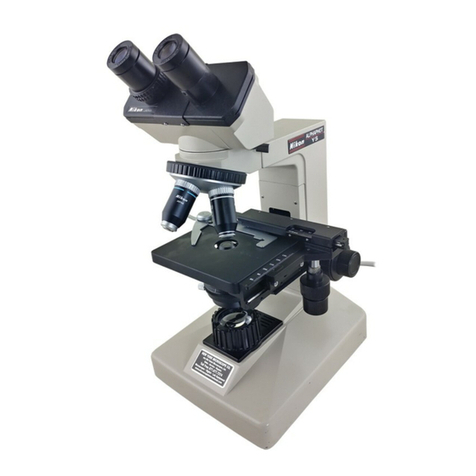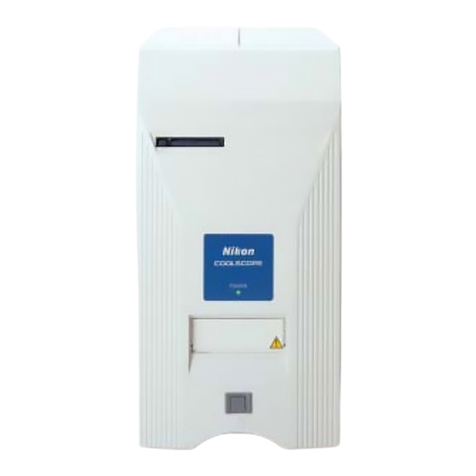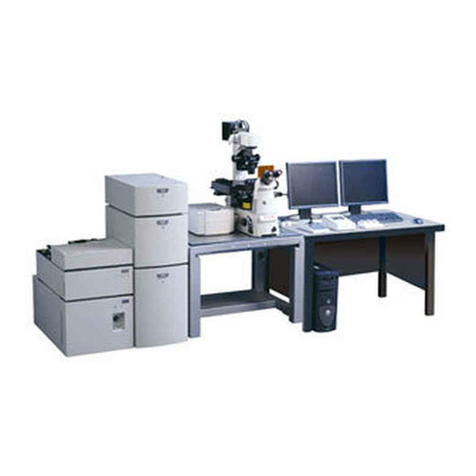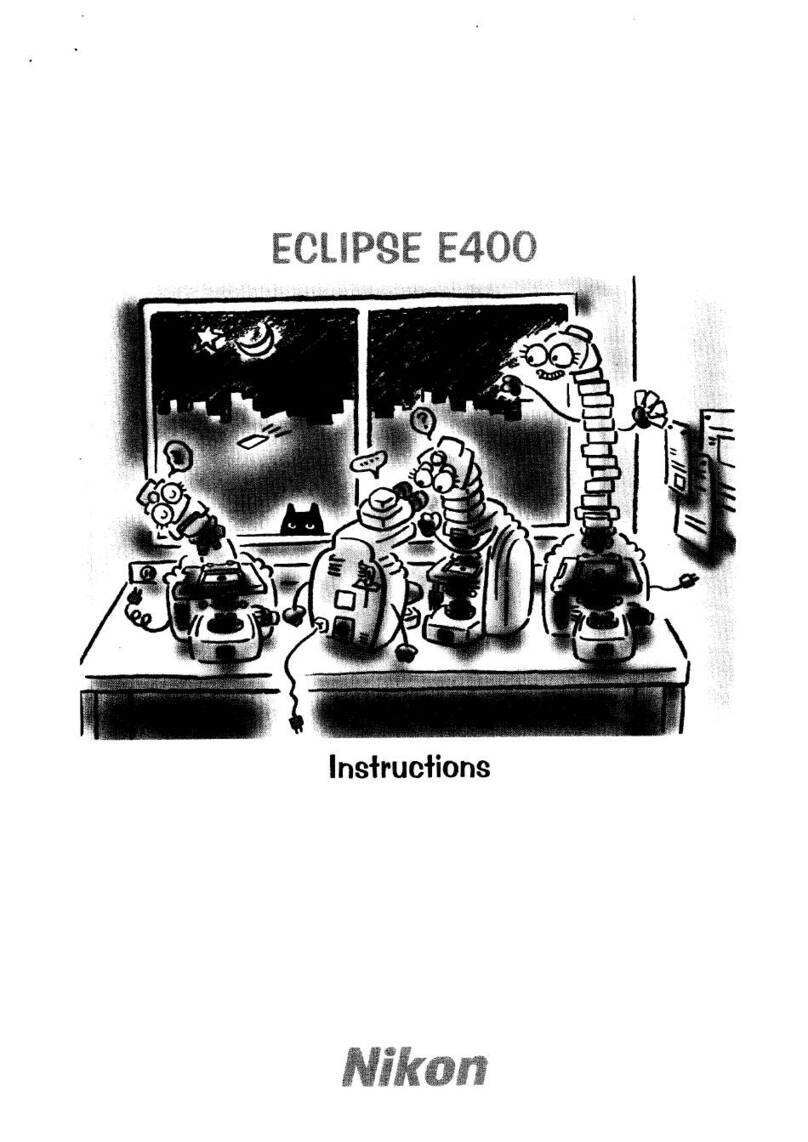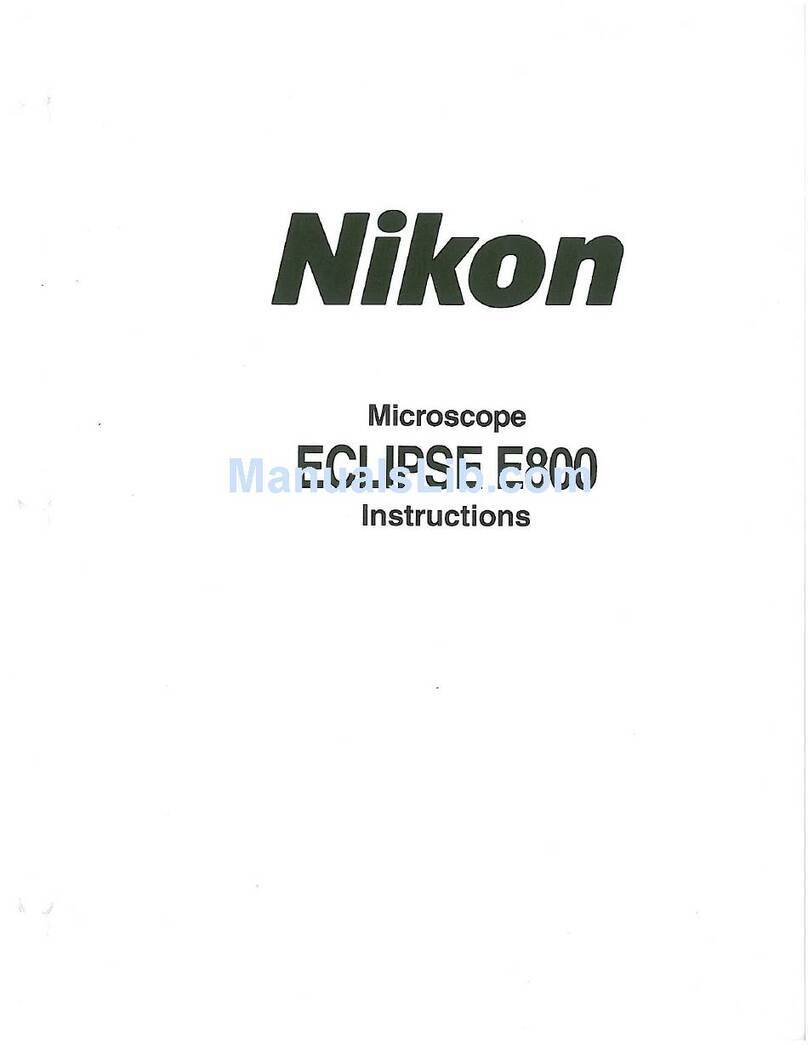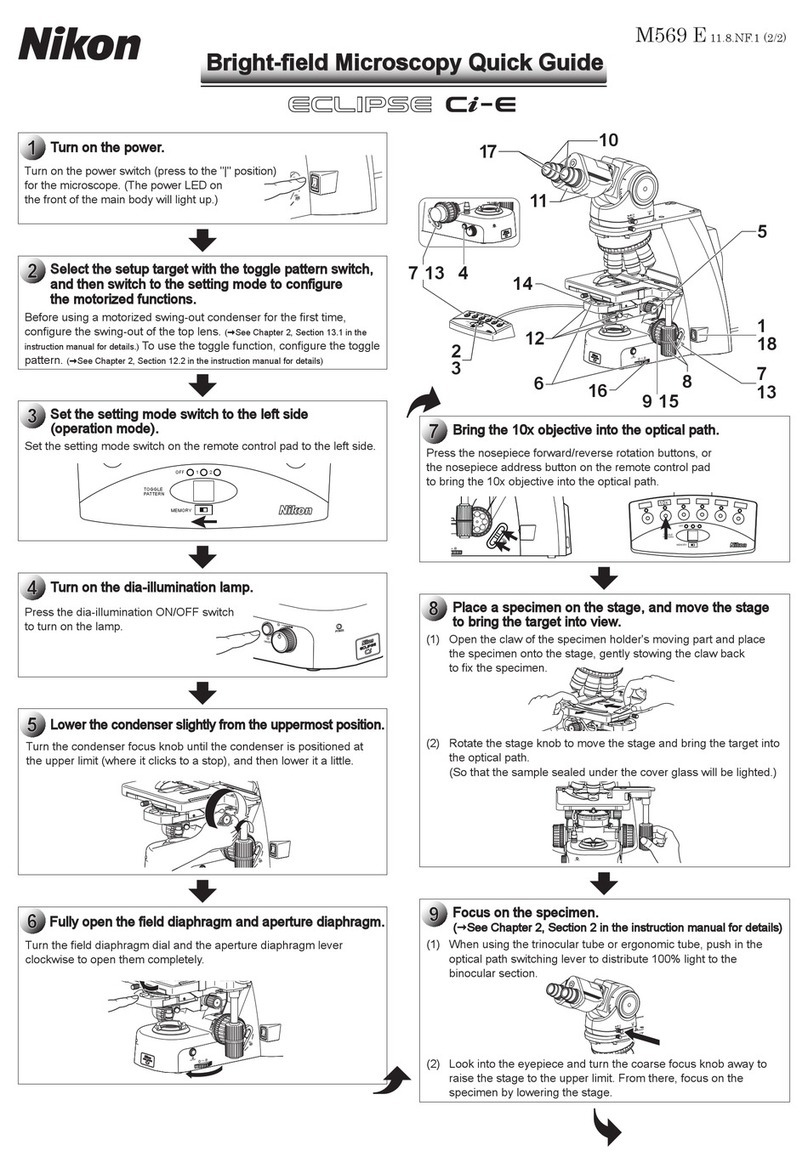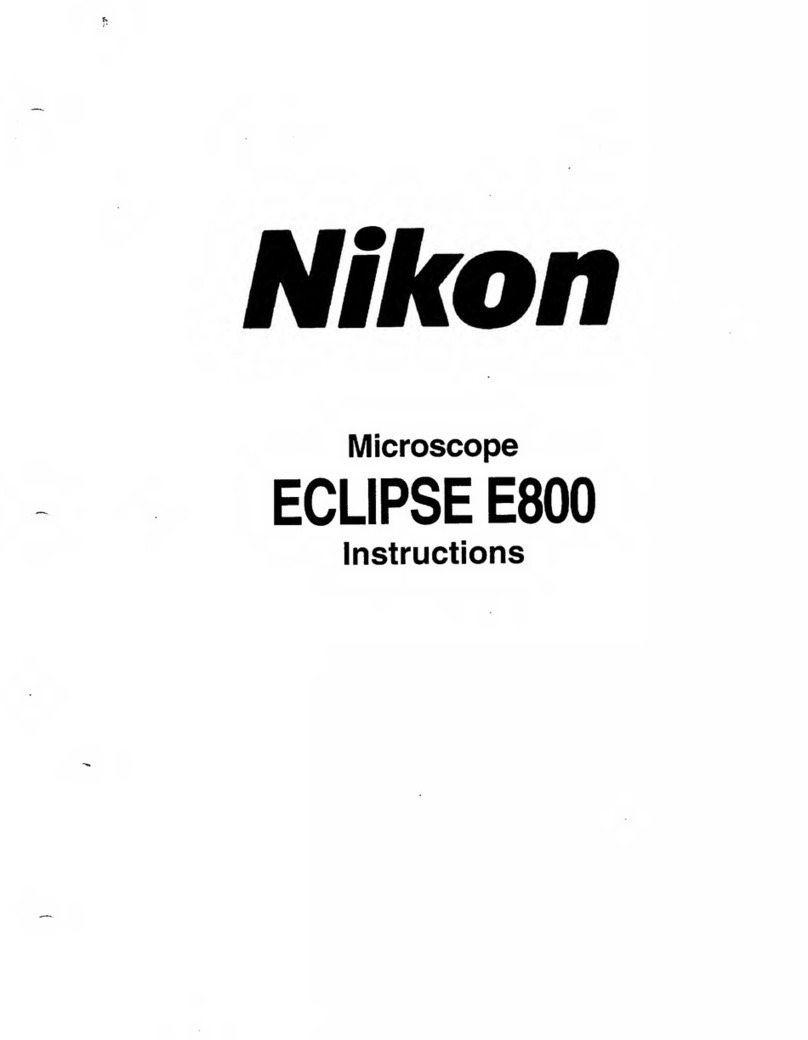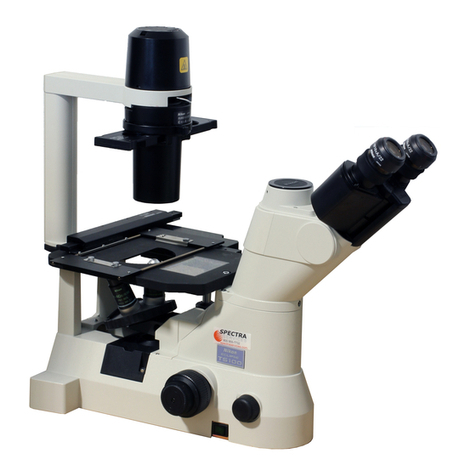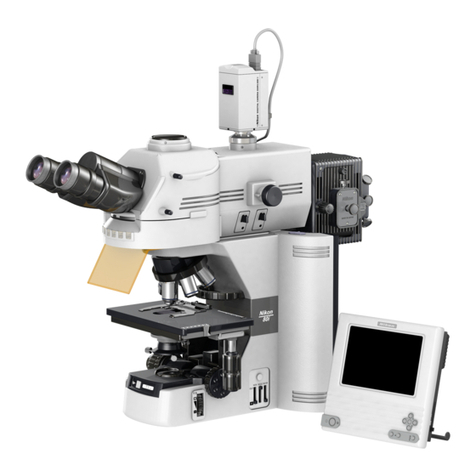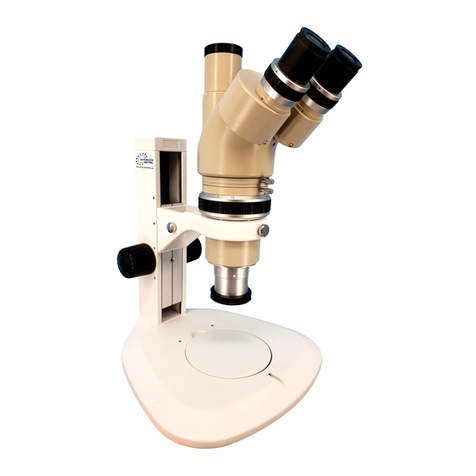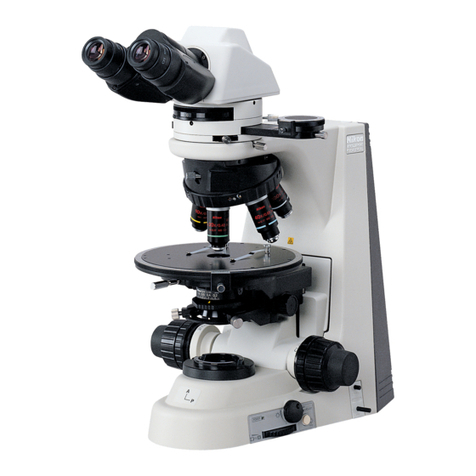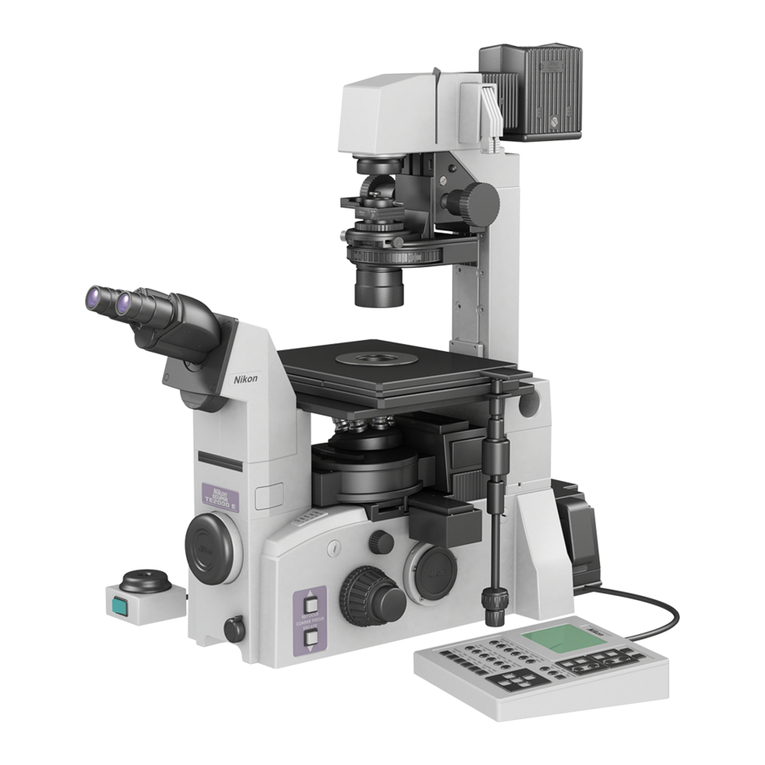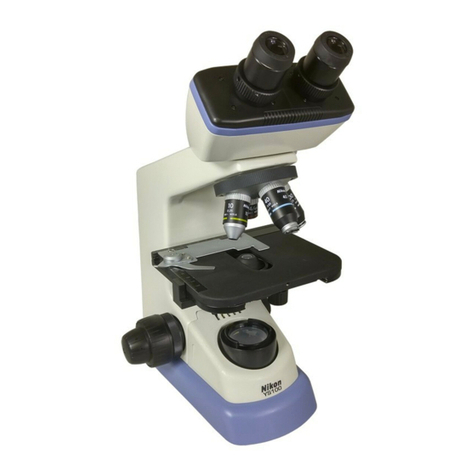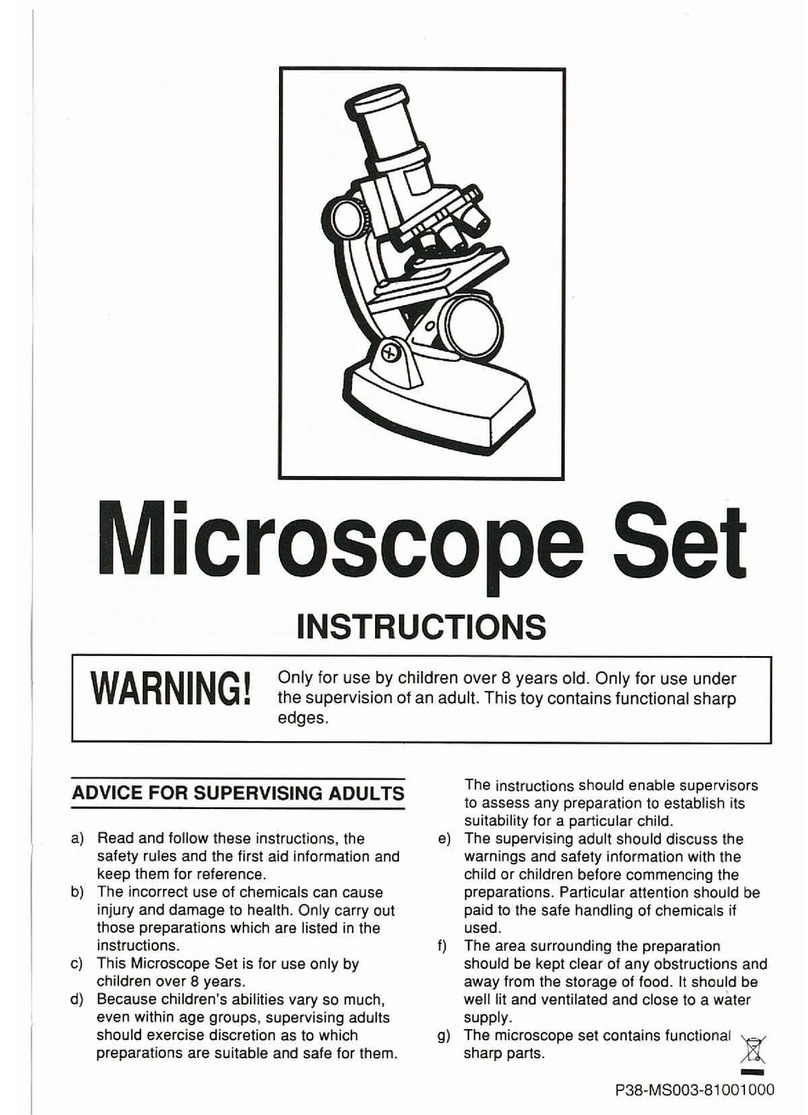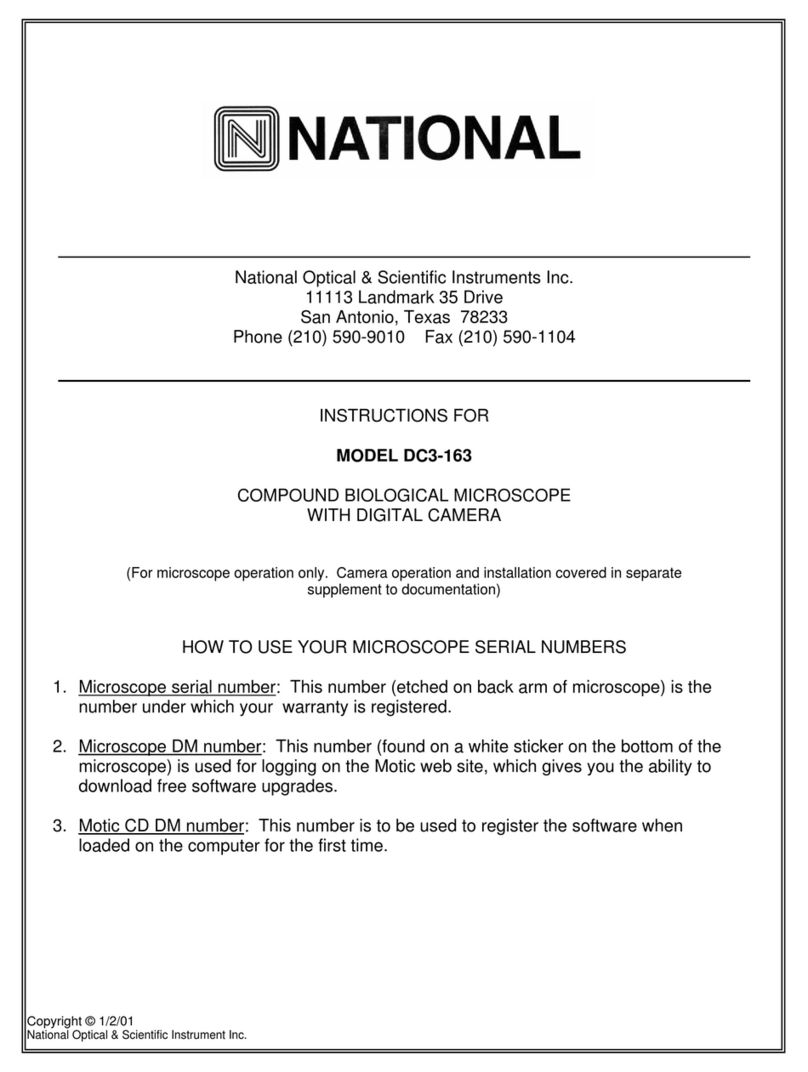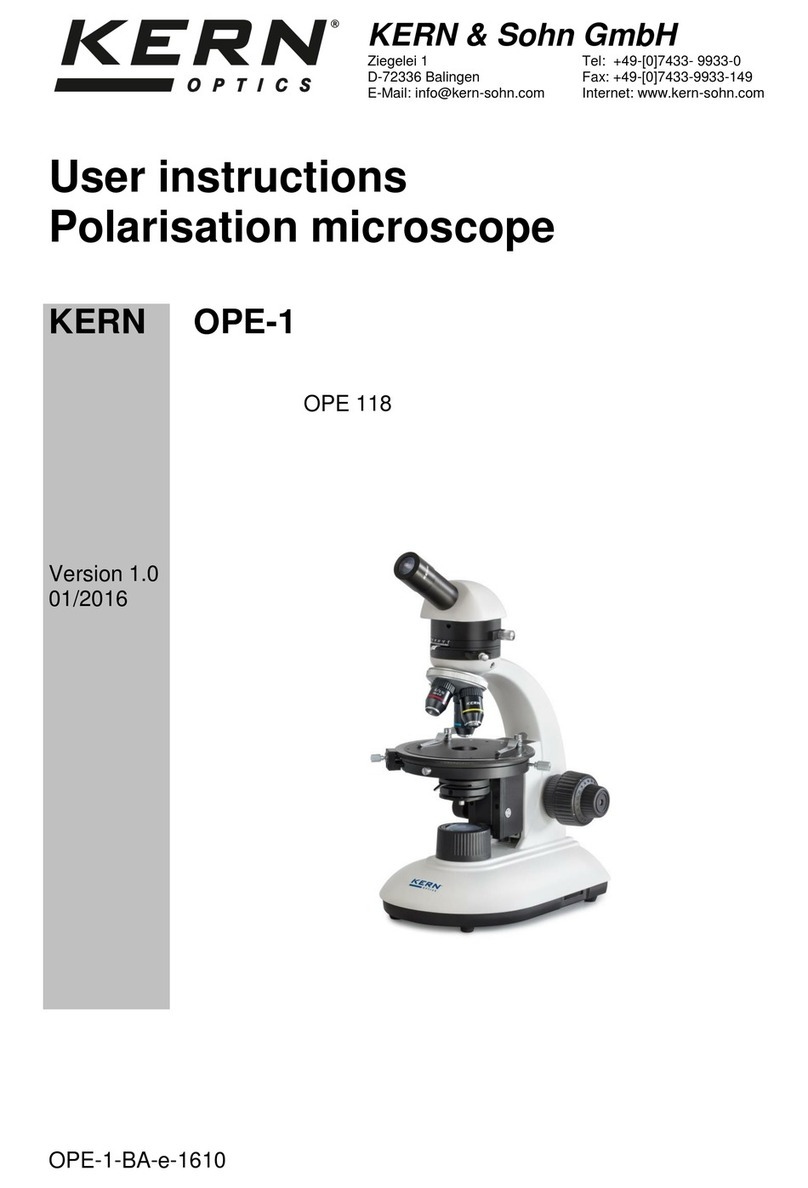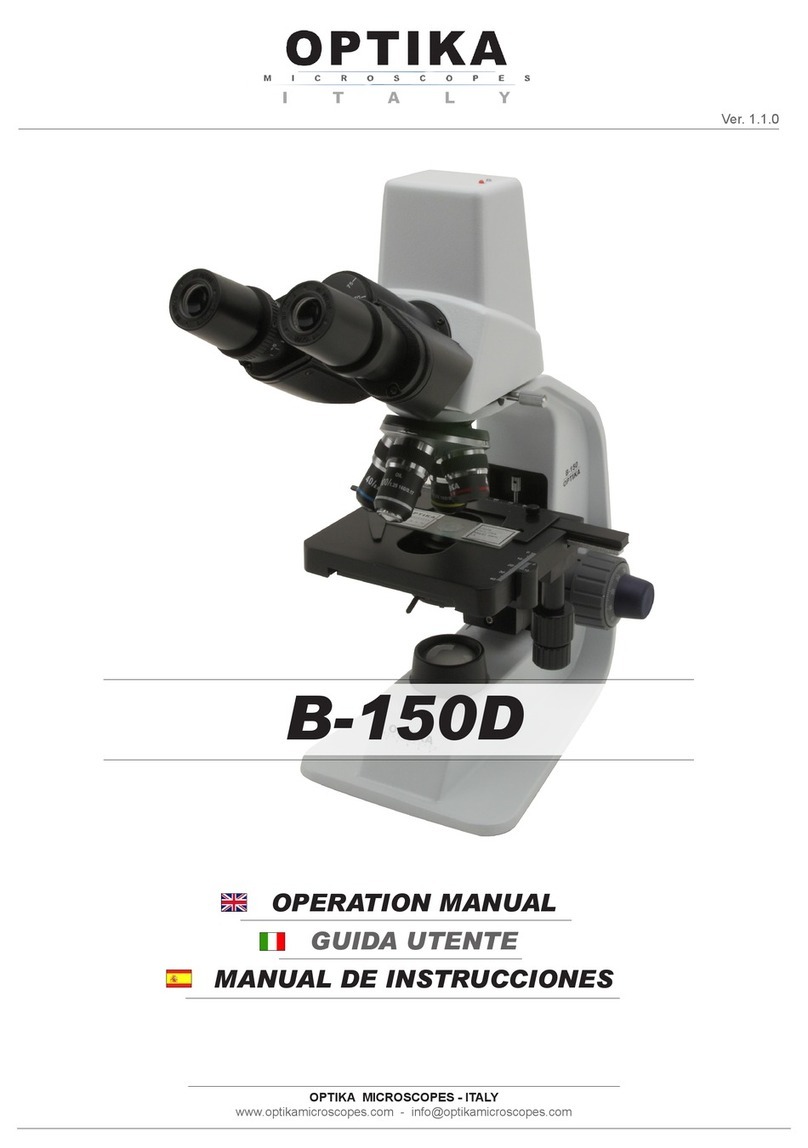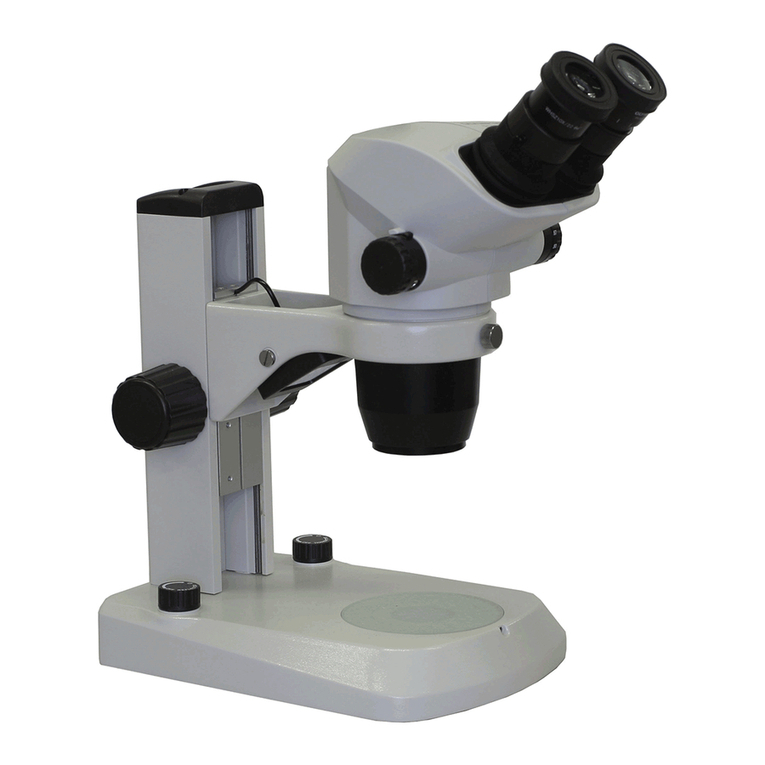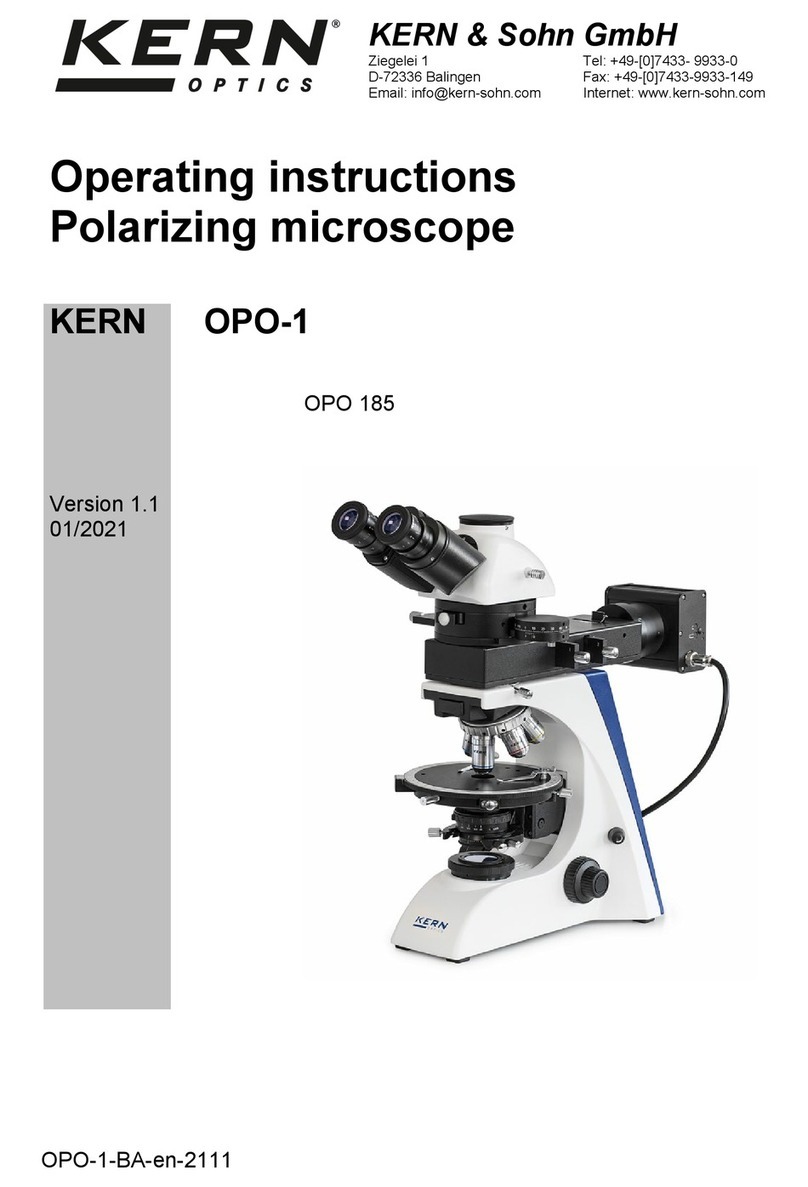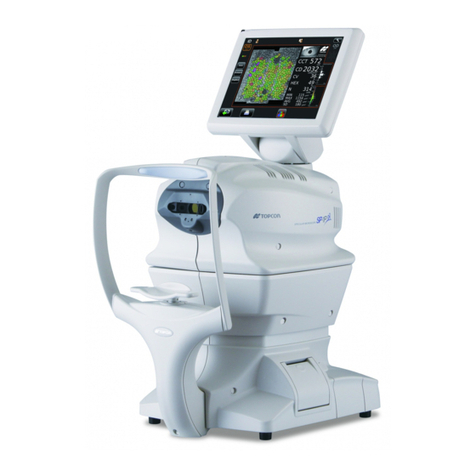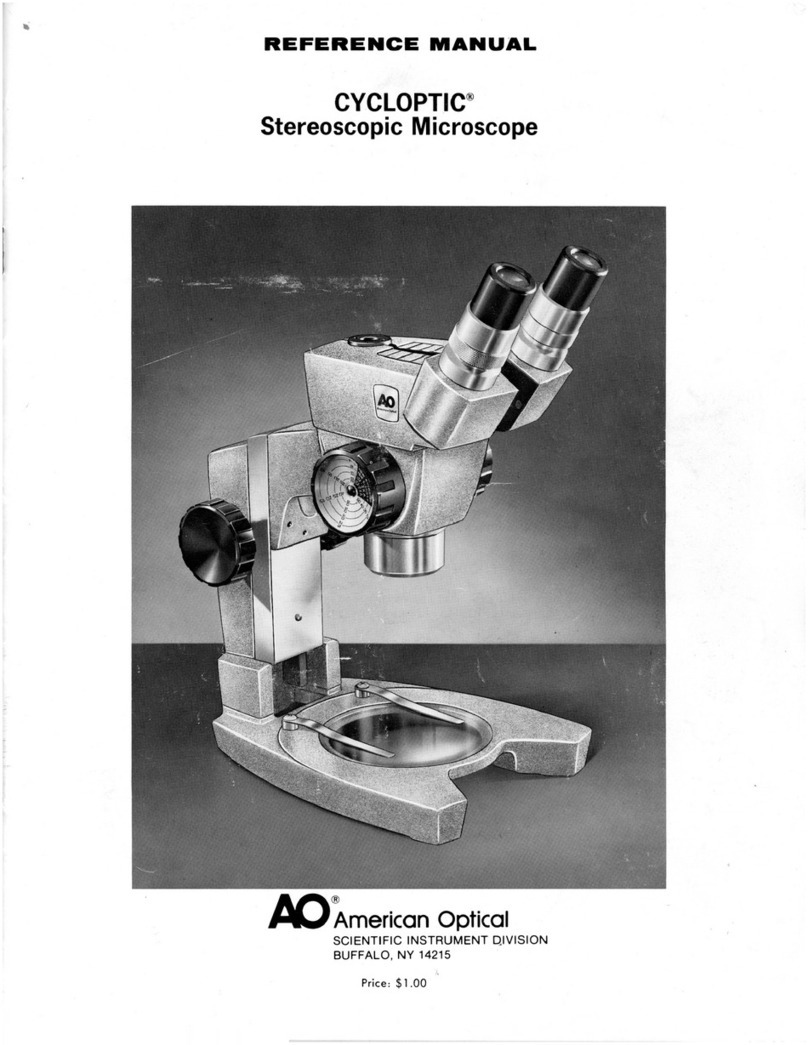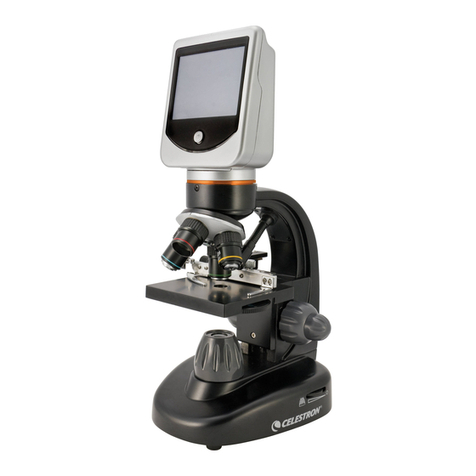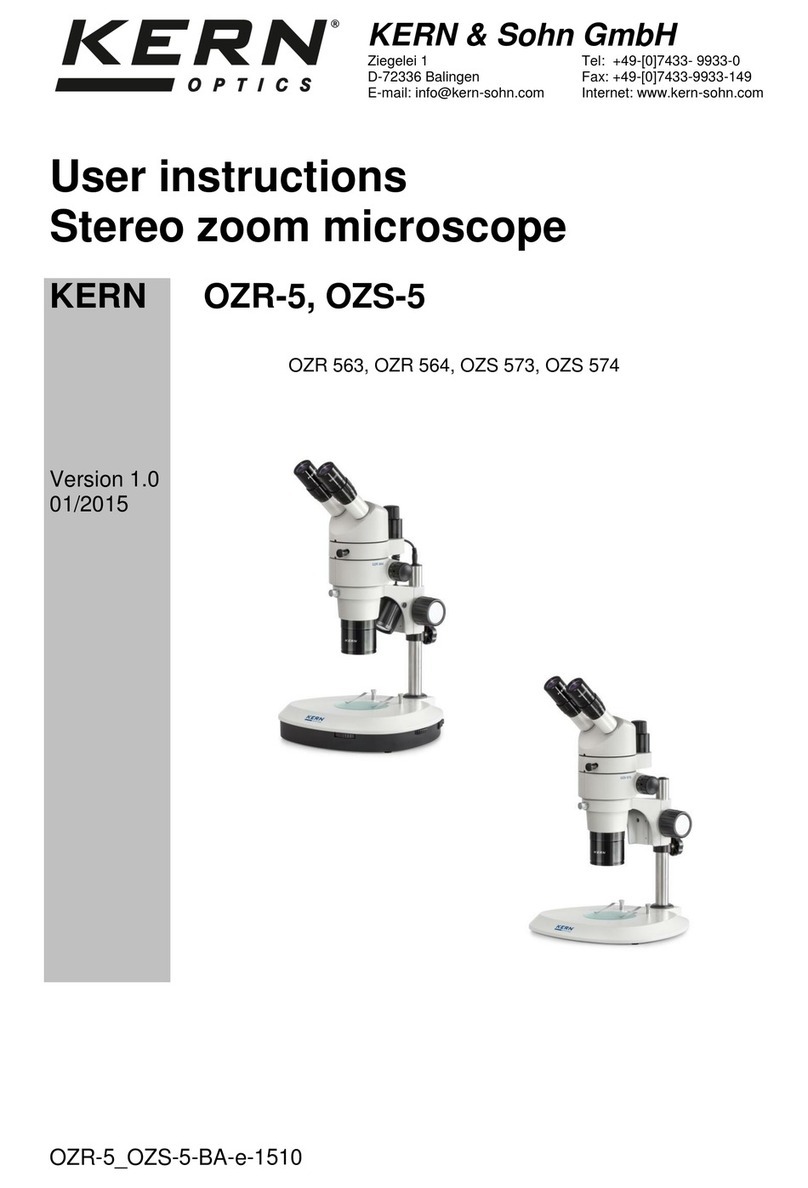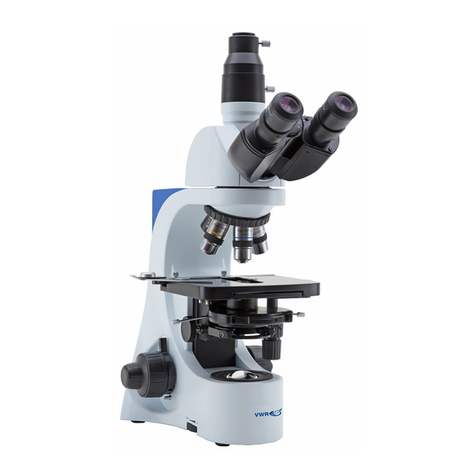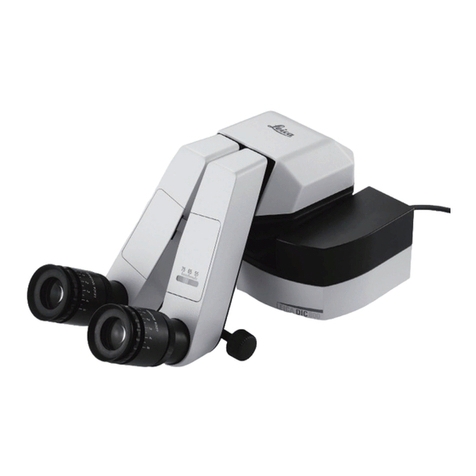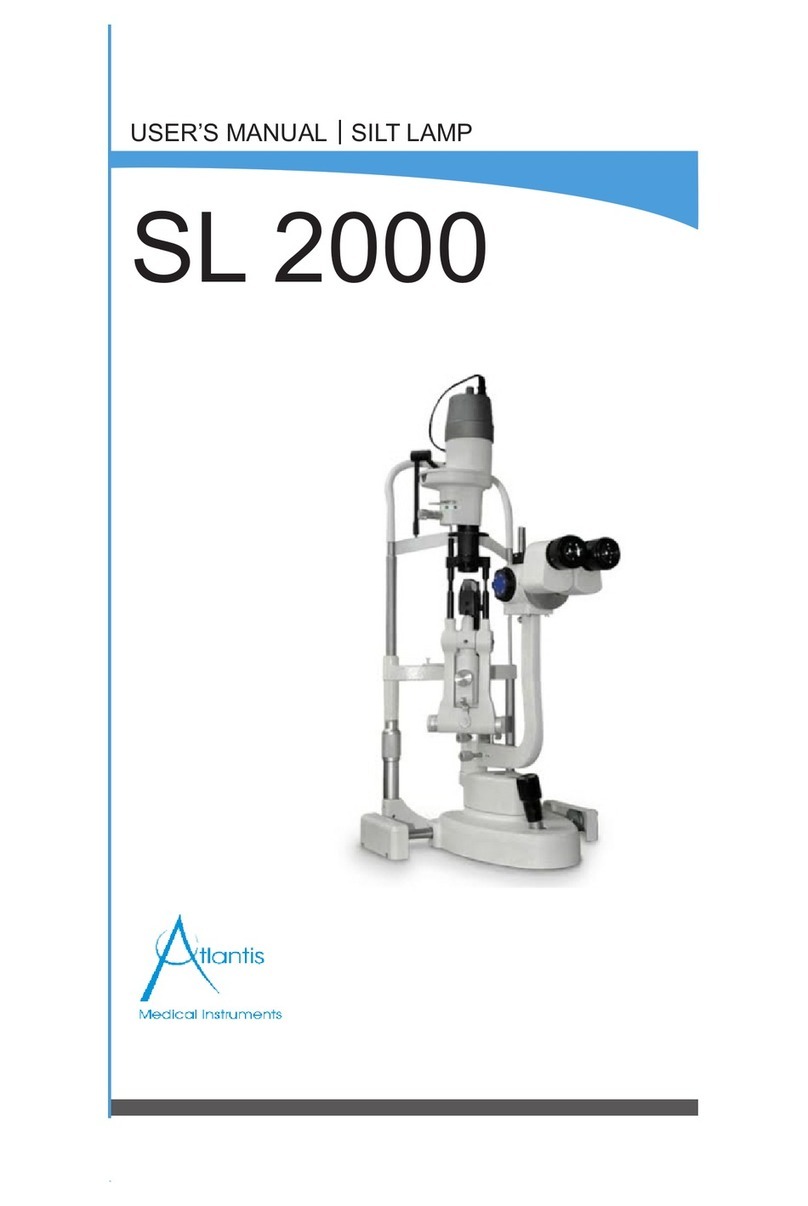
Contents
v
5.2 Operating the Motorized XY Stage................................................................... 98
6 Adjusting the Diopter...............................................................................................99
7 Focusing and Centering the Condenser ...............................................................100
8 Adjusting the Aperture Diaphragm ........................................................................101
9 Using the Condenser ............................................................................................103
9.1 Compatibility of Condensers with the Magnification of Objectives ................ 103
9.2 Using the NI-CUD-E Motorized Universal Condenser (Dry) .......................... 104
9.3 Using the NI-CUD Universal Condenser (Dry)............................................... 105
9.4 Using the D-CUO DIC Condenser (Oil) ......................................................... 107
10 Adjusting the Field Diaphragm ..............................................................................108
11 Switching the Objective.........................................................................................109
11.1 Motorized Nosepiece Operation..................................................................... 109
11.2 Intelligent/Manual Nosepiece Operation ......................................................... 111
12 Switching the Optical Path of the Tube ................................................................. 112
12.1 Optical Path Switching of the Motorized Quadrocular Tilting Tube.................112
12.2 Switching the Optical Path in a Manually-Operated Tube ..............................113
13 Adjusting the Binocular Section ............................................................................114
13.1 Adjusting with the Binocular Section of the Tube............................................114
13.2 Using the Eyelevel Riser .................................................................................114
14 Oil/Water Immersion.............................................................................................. 115
15 Dark-field Microscopy............................................................................................ 117
16 Epi-fluorescence Microscopy ................................................................................ 118
16.1 Epi-fluorescence Cube Turret Operation (Switching Excitation Methods)......118
16.2 Selecting Filters.............................................................................................. 120
16.3 Protecting the Sample and Preventing It from Decoloration
(Using the Shutter) ......................................................................................... 122
16.4 Adjusting the Brightness of the Fluorescent Image (Using ND Filters
and the Aperture Diaphragm)......................................................................... 124
16.5 Restricting the Illumination to the Area of the Specimen being Viewed
(Centering and Adjusting the Field Diaphragm)............................................. 126
16.6 Changing the Waveform Characteristics of the Excitation Light (D-FB
Excitation Balancer) ........................................................................................ 127
16.7 Switching the Excitation Filter (Motorized Excitation Filter Wheel)................ 128
16.8 Switching the Barrier Filter (Motorized Barrier Filter Wheel) ......................... 129
16.9 Other Notes on Epi-fluorescence Microscopy................................................ 129
17 Differential Interference Contrast Microscopy .......................................................130
17.1 Tips for Differential Interference Contrast Microscopy................................... 130
17.2 Using Optical Elements.................................................................................. 131
18 Phase Contrast Microscopy ..................................................................................132
18.1 Tips for Phase Contrast Microscopy .............................................................. 132
18.2 Using Optical Elements.................................................................................. 133
19 Useful Functions ...................................................................................................134
19.1 MODE............................................................................................................. 134
19.2 Interlocking Function ...................................................................................... 138
20 Using the Ergo Controller......................................................................................141
21 Using the Joystick Controller.................................................................................144
22 Capturing Images..................................................................................................145
23 Operation on DS-L3 ..............................................................................................150
23.1 Setting Up the Microscope ............................................................................. 150
23.2 Controlling the Microscope............................................................................. 166
